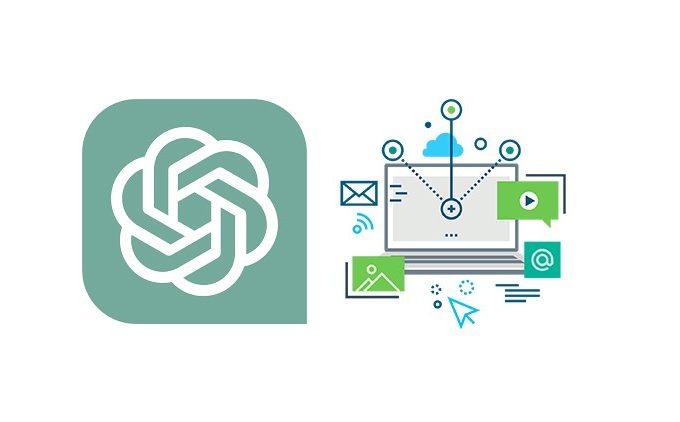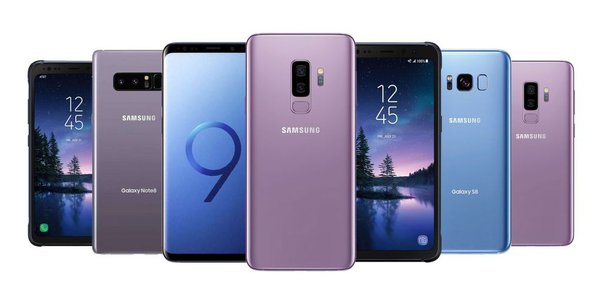Imagine producing a music track after a lot of editing and mastering only to find out that the quality is distorted and full of noise. That must feel terrible right? Mixing, mastering can all be done but using the software features of the instrument rightly can make major differences to the quality and feel of the track.
To ensure proper recording, it is crucial and of utmost importance that we know how to connect or plug in our instrument into the PC.
There are several ways and methods to connect an instrument. Each of these processes brings about a change in sound (especially in guitars), a change that can only be intercepted by a musician. In this article, we shall discuss some of the ways to connect a guitar and a keyboard to GarageBand.
Connecting a Guitar using the Audio In port:
This is the simplest way of connecting a guitar to a PC or Laptop using the Audio In port. Once connected to the device, the input audio can be processed by GarageBand.
- In this process, one would require a 1/8 TRS cable (AUX cable). One will also need a 1/4 phone jack that will go into the guitar.
- One end of the AUX cable should be pushed into the phone jack that will look like a lead wire. This should then be plugged into the lead wire port of the guitar.
- The other end of the AUX cable goes into the Audio In port of the computer.
Now if the guitar is strummed, the audio output system of the computer will produce the sound. Now, we can use the GarageBand platform.
- The application needs to be launched on the Computer.
- Then the user should go for either a new project or continue working on an existing project
- In the new project window they should select the “Amp collections” option since they are using the guitar.
- The Amp modelling section offers a wide variety of features that lets the user enhance the input sound, record, mix and master it.
(The method of using GarageBand remains same for almost all methods)
Connecting a Guitar using USB Guitar-Link Jack:
This is another easy method of connecting a guitar ( maybe electrical or acoustic with plugin) using the USB Guitar-link Jack. Here, as the name suggests, one would require the USB Guitar-link jack, one end of which will have a guitar plugin while the other will have a USB cable. This USB cable will go into the USB port of the computer. After this, we can follow the steps above to transmit the guitar sound signal to the GarageBand platform and start processing it.
This jack costs more than the AUX cable and provides better sound quality. However, there still might be some latency issues and the user may hear additional noise and feedback (faulty cable).
Connecting to USB Soundcard (using Guitar 1/4 th Jack):
The USB Soundcard is actually the USB audio interface.
- Here the user will require a jack with lead inputs on both ends. One input is plugged into the lead port of the guitar while the other goes into the audio interface.
- This interface, the Soundcard is then connected to the computer using a USB cable.
- Now, the audio output comes from the computer. Hereafter, the user can use GarageBand as specified in the first method itself.
This particular setup is favoured by most guitarists as it produces a well-balanced sound. It can be mixed well using the knobs of the interface. Electronic noises can be made minimal.
Using an Amplifier:
This process requires an Amplifier, an audio interface like Soundcard and a PC or laptop. It requires two sets of lead wire and one USB cable.
- First connection is made between the amplifier and the interface using a lead wire. One end is plugged into the “Phone/Record OUT” port of the amplifier and the other is plugged into the interface.
- The second connection is made between the guitar and the interface (like in the point above)
- The final connection is made between the interface and the PC using the USB cable.
- Proceed with the GarageBand setting up as usual.
While using an amplifier lets the user choose between tones and balance reverb, sustain, gain and other effects, a significant amount of noise and distortion is produced due to the elaborate wiring.
Using a Direct Input (DI) Box:
DI box connects an unbalanced input to a low resistance output, keeping the sound levels constant while cutting out most of the noise and feedback.
- The guitar is connected to the input port of the DI box using a lead wire.
- The output port of the DI box is then connected to the amplifier input
- The amplifier is connected to the audio interface, and finally, the interface is connected to the computer with a USB cable.
- GarageBand is set up as usual.
The quality of sound produced is much better than that produced by the other options.
Connecting an acoustic guitar without preamp:
Here we will need to use a microphone, and connect the microphone as an input to the computer or laptop.
Connecting a Keyboard:
A MIDI keyboard can be connected to a PC or laptop using a USB firewire cable. The USB port is usually present at the back of the keyboard. One end of the cable goes into the keyboard while the other goes into the PC or laptop (USB adapter maybe used). After this, the user may open GarageBand. In the new project segment they can choose the “Empty Project” option since musical typing won’t be required anymore and the keyboard will automatically work.
Since guitar and keyboard are the two most commonly plugged in instruments for recording tracks, solos and leads we have, in this article discussed the various methods of connecting them to GarageBand. The user may choose from the options and pick the one that suits them the best.





